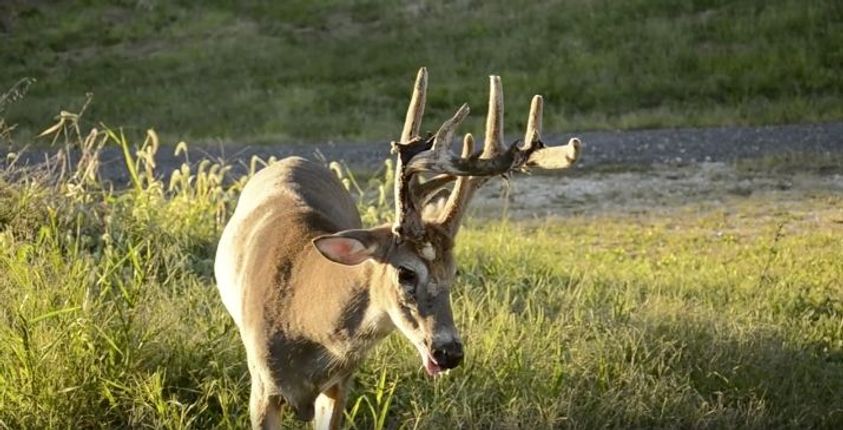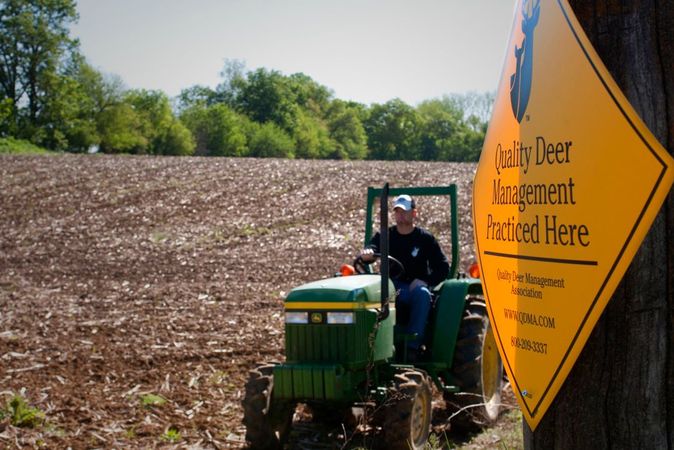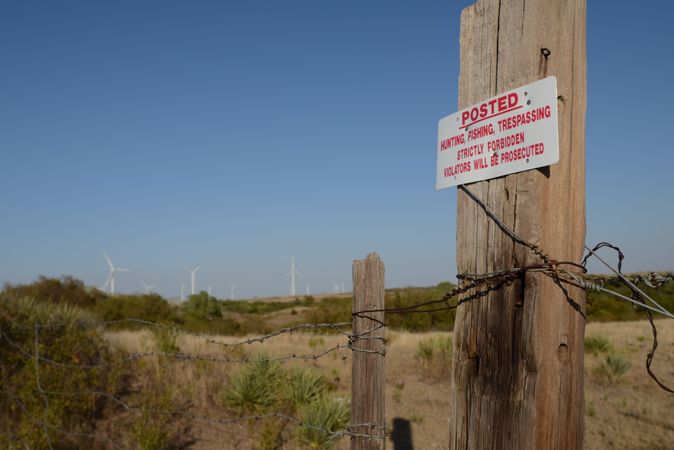You know the long days when you sit stand for hours, letting your thoughts drift when hardly a squirrel stirs, much less a whitetail deer? How on a day when the wind lay completely dead and the stillness of the woods is so overwhelmingly quiet it causes your ears to ring? We get like that. Then, as they sometimes do, our thoughts bound further into the silence as we imagine a world where whitetails cease to exist at all.
But how could this possibly happen? Between the deer we actually see killed by hunters and vehicles, the numbers are relatively low compared to overall numbers. What other factors could impede upon the herd’s well being?
If you ever find yourself doing a little research, you’ll quickly realize it’s what we can’t see that diminishes a deer herd down to nothing. Epizootic Hemorrhagic Disease (EHD) and especially Chronic Wasting Disease (CWD) have inflicted significant damage to deer herds across the country, causing great anxiety among the state governments, hunters and conservationists.
In the past year, the Arkansas Game and Fish Commission has killed 225 whitetail deer and six elk near the Buffalo National River in an attempt to determine the cause of these diseases in the herds and why there’s such a prevalence of chronic wasting disease in the state. Recently, after confirming another case of CWD, the Arkansas Game and Fish Commission (AGFC) posted the following message on their Facebook page:
The AGFC took tissue samples from the 4½-year-old female deer. The Wisconsin Veterinary Diagnostic Laboratory in Madison confirmed the test. Earlier this month, another deer was found dead in Ponca. That deer also tested positive for CWD. The two deer are in addition to an elk killed during a hunt near Pruitt. All three locations are in northern Newton County near the Buffalo River. “The test area will expand as positive (CWD) tests warrant,” said Cory Gray, AGFC deer program coordinator.
Hemorrhagic Disease is caused by one of two closely related viruses, including EHD or bluetongue virus. Outbreaks occur almost every year. Being that these two viruses are transmitted through biting flies from the genus Culicoides rather than direct contact, the most outbreaks occur in the late summer and early fall when warm temperatures have helped birth billions of insects. The flies that transmit the diseases are known as biting midges and are sometimes called sand gnats or no-see-ums; names most of us have heard.
Chronic Wasting Disease on the other hand got its ugly start among captive mule deer in Colorado back in the late 1960s. Since then it has spread to some 25 states throughout the country and a couple of Canadian provinces. Even though it’s more prevalent in the western grasslands, an outbreak can occur anywhere. Single proteins, called prions, are transported to animals through grass plants and can’t be eliminated by what is referred to as “kill strategies” such as high heat or ultraviolet light. The protein-based infectious agents cause the degeneration of the brain, which leads to strange behavior, loss of bodily functions and death, among other things. This is most commonly found in members of the cervid family, including whitetails, mule deer, moose and elk.
Diseases in the deer herd, such as CWD, can quickly kill even the healthiest animals.
CWD is spread at a faster rate by the movement of live animals and carcasses, so if you’re bringing a dead deer across state lines from an area that has reported the disease, take extra precautions. If you’re not sure, call a local game warden or biologist. Most of us have only witnessed strong, healthy whitetails in the wild so it should be fairly obvious if a deer is sick.
As we get close to summer, biologists do ask that the general public report any unusual deer mortalities. If they can quickly assimilate the cause of an unexplained death, it can help get to the root of the problem much quicker and possibly prevent a widespread outbreak.
As hunters and conservationists, there’s not much we can do to help prevent EHD, CWD or any other disease except report unusual deaths and of course, continue to hunt. Risks for disease are minimized in deer herds that do not exceed the carrying capacity of their habitat. And really the only way to regulate the numbers is to kill deer. As some know and others don’t, hunting is the most successful form of conservation. When Mother Nature finally has to intervene in order to control a population, it’s usually a sickening disease.
We can’t imagine the woods with little to no deer activity. Despite the advent of the grocery store, many families still rely on deer meat as a main source of protein. The only way to accomplish this is by hunting and doing our share of the work to maintain and conserve the population by killing no less than the allotted amount of deer on your property that the county biologist suggests each year. Consider donating to a Hunters for the Hungry program and sharing your bounty with non-hunting friends if you end up with too much meat. Your non-hunting friends should be so lucky.







